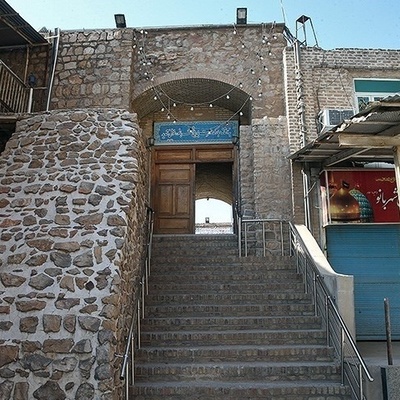SAEDNEWS: A recently resurfaced anecdote from the early presidency of Ayatollah Ali Khamenei has offered a unique window into how Iran’s current Supreme Leader quietly began each Persian New Year—with dawn visits to cemeteries, meetings with Imam Khomeini, and a fast-paced journey to Mashhad.

According to Saed News, a Telegram channel known as Dars va Ebrat has published a previously unreleased personal recollection from Ayatollah Khamenei detailing his typical routine for Nowruz—the Persian New Year—during his tenure as president in the 1980s. The account, originally recorded on March 17, 2005, outlines a tradition imbued with both solemnity and political obligation.
“Almost every year during my presidency,” Khamenei recounted, “my Nowruz began the same way. On the morning of the New Year, I would first visit Behesht Zahra cemetery—always early, before sunrise. Then, I would go directly to the Imam [Khomeini]’s residence to pay my respects.”
After returning to his office, Khamenei would receive the prime minister and members of his cabinet for formal New Year visits. “And then, usually on the same day, I would immediately head to Mashhad,” he added. “There, I would give a speech, conduct inspections, and attend scheduled events.”
The recollection—sparse in detail but rich in tone—has resonated with segments of the Iranian public who see in it a reflection of Khamenei’s long-held emphasis on ritual, discipline, and spiritual-political continuity. The annual pilgrimage to Behesht Zahra, where many martyrs of the Islamic Revolution are buried, evokes a commitment to ideological legacy; the early morning hour, a mark of personal austerity.
As Iran continues to navigate tensions between tradition and transformation, such recollections from the Islamic Republic’s highest authority offer more than nostalgia—they reinforce the interplay of memory, leadership, and national ritual in shaping the country’s political identity.

